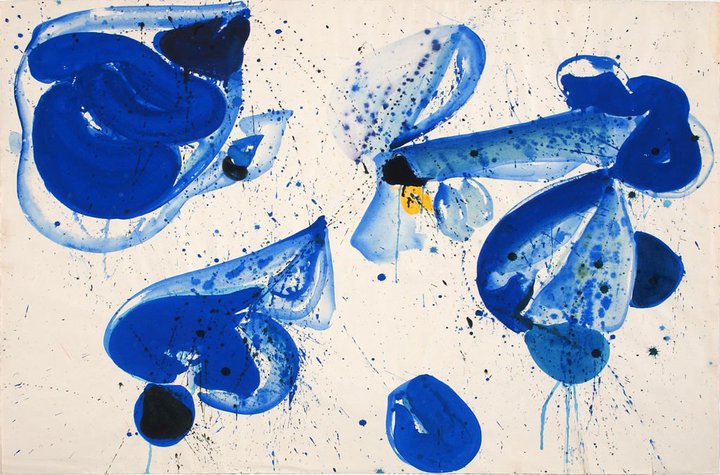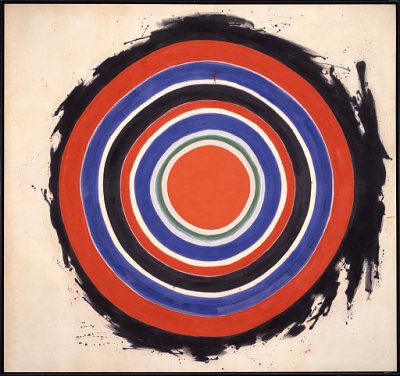Abstract Expressionism- 1943-1965
Many leading surrealists were brought over to New York in 1930 due to the political instability. Surrealism was a massive influence for the abstract expressionism movement. It’s biggest influence was the focus on the mining of the subconscious, this encouraged artists to focus on symbols and shapes. Focusing on the struggle between self-expression and the chaos of the subconscious. Most Abstract Expressionism artists matured in the 1930s. They were influenced by the era’s leftist politics, and came to value an art grounded in personal experience. Many artists took inspiration from the posture of outspoken avant-gardists. These artists matured when america was going through a economic crisis and felt culturally isolated. Abstract Expressionists were seen as the first authentically American avant-garde.

Post-Painterly Abstraction- Early 1950s- Mid 1970s
This was the reaction to Abstract Expressionism. This labeled a number of artists who used techniques such as color field painting, hard-edge abstraction and the Washington color school. Critic Clement Greenberg believed that, during the early 1950s, Abstract Expressionism had become a weak school, and, in the hands of less talented painters. But he also believed that many artists were advancing in some of Abstract Expressionism’s more fruitful directions – principally those allied to color field painting – and these were yielding to a range of new tendencies that he described as “post-painterly.” Greenberg characterized post-painterly abstraction as linear in design, bright in color, lacking in detail and incident, and open in composition. It reflected the artists’ desire to leave behind the grandiose drama and spirituality of Abstract Expressionism.

American Color Field painting
The term color field painting is applied to the work of abstract painters working in the 1950s and 1960s characterized by large areas of a more or less flat single color. From the 1960s a more purely abstract form of color field painting emerged in the work of Helen Frankenthaler, Morris Louis, Kenneth Noland, Alma Thomas, Sam Gilliam and others. It was different from previous work such as the abstract expressionism movement as it eliminated any spiritual, emotional. religious aspects to the work and the highly personal and painterly or gestural application associated with it.

